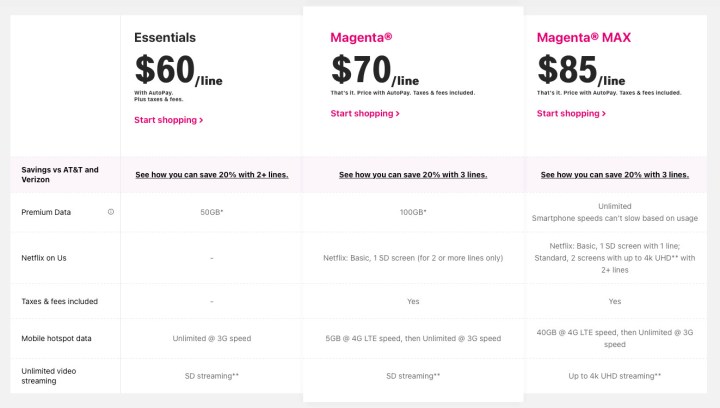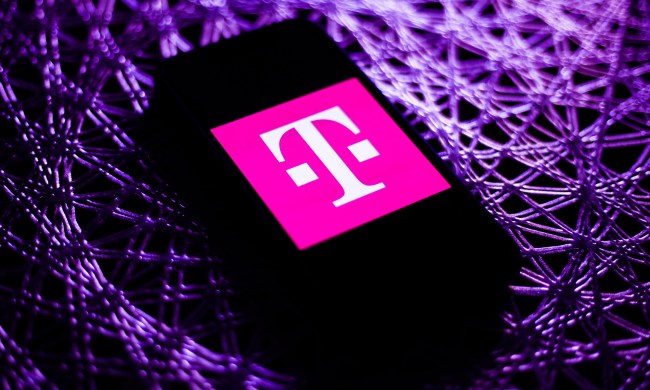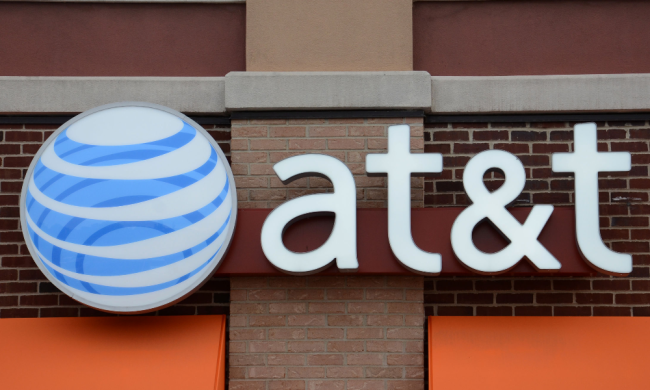T-Mobile carved a name for itself as the Un-carrier under the fearless (and eccentric) leadership of John Legere. Now a new CEO is in, but the company is still making waves — whether by absorbing Sprint, launching the first nationwide 5G network, or creating a plan that does away with the concept of premium data.
Speaking of plans, T-Mobile offers a few — and different plans may be better or worse for your needs, depending on what you’re looking for. All of its postpaid plans now offer unlimited data, but it offers some solid prepaid plans that are worth considering, too.
Whether you’re looking for unlimited coverage, or just want something to keep your phone connected, T-Mobile should offer something for your needs. Here’s everything you need to know.
T-Mobile plans

T-Mobile offers three unlimited data plans alongside its prepaid plans. Here’s a rundown of the different plans and what they have to offer.
T-Mobile Essentials
T-Mobile Essentials is T-Mobile’s cheapest unlimited data plan. But while it’s cheaper than some of the others on offer, it’s more than good enough for most. You’ll get unlimited talk, text, and data, but you won’t get some of the perks that some of T-Mobile’s other plans include, like a Netflix subscription. Still, unlike some other carriers’ cheaper plans, Essentials comes with 50 gigabytes (GB) of so-called premium data, which means your speeds won’t get throttled based on your data usage below 50GB in a month.
You can still use a hot spot on T-Mobile Essentials. However, you’re limited to 3G speeds, and video streaming is limited to standard definition, or 480p, which isn’t great but should be fine for basic YouTube watching. It’s also important to note that unlike T-Mobile’s other plans, taxes and fees aren’t considered in the base price.
Speaking of price, Essentials comes at $60 for one line and $30 per line for three lines. Adding data for a tablet comes at $15 per line, and a wearable at $10 per line.
Subscribe to T-Mobile Essentials
T-Mobile Magenta

T-Mobile Magenta is a step up from Essentials, and it’s better in most ways. There are still the basics of unlimited talk, text, and data, but that unlimited data includes 100GB of premium data, which is double what Essentials offers. You’ll also get a Basic Netflix subscription, which allows for one standard definition screen at a time, but you’ll only get that subscription if you have two lines or more.
Magenta is also where you’ll start to get better hot spot data with T-Mobile 5G. You’ll get 5GB of hot spot data on 5G or 4G LTE speeds, then unlimited data on 3G speeds. Video streaming is still limited to standard definition. Other perks include an hour of Gogo in-flight texting and Wi-Fi and unlimited talk, text, and data (with 5GB of premium data) in Mexico and Canada.
Magenta comes at $70 for one line and $40 per line for three lines. Taxes and fees are included in those prices too, which is a nice touch. Adding a tablet comes at $20 per line, and a wearable at $10 per line.
Subscribe to T-Mobile Magenta
T-Mobile Magenta Max
Magenta Max is T-Mobile’s most recent plan, and it breaks the mold in a few ways. Namely, T-Mobile promises that if you’re a Magenta Max customer, you won’t be throttled based on your data usage no matter how much data you use. Hot spot data is also increased — up to 40GB of high-speed hot spot usage and unlimited hot spot data on 3G speeds.
The Netflix subscription is increased too. You’ll still only get a Basic subscription with one line, but if you have two lines or more, you’ll get a Standard subscription, which allows for up to two screens. T-Mobile’s website says you’ll get up to 4K streaming with this Netflix deal; however, Netflix’s Standard subscription offers only HD streaming. We’ve reached out for clarification and will update this guide when we hear back.
Magenta Max is T-Mobile’s most recent plan, and it breaks the mold in a few ways.
You’ll also get unlimited Gogo in-flight texting and Wi-Fi, and you’ll get unlimited talk, text, and data (with 5GB of 4G LTE data) in Mexico and Canada.
Magenta Max is, of course, T-Mobile’s most expensive plan. It comes at $85 for one line and $47 per line for three lines. That includes taxes and fees. Adding a tablet costs $20 per line, and a wearable costs $10 per line. Those aged 55-plus, those in the military, and first responders will get discounts on those prices.
Subscribe to T-Mobile Magenta Max
T-Mobile prepaid plans
T-Mobile offers a few prepaid plans for those who don’t need unlimited data and who want to pay for their phone bill upfront.
First up are T-Mobile Connect plans, which are the least expensive prepaid plans on offer. With T-Mobile Connect, you’ll get unlimited talk and text, with 3GB of data at $15 per month and 5GB of data for $25 per month.
Next up is T-Mobile 10GB, which offers unlimited talk, text, and 10GB of data. This comes at $40 per month for one line or $100 total for three lines. It also offers other perks compared to T-Mobile Connect, like the fact that music streaming doesn’t count against your data use and the fact that you’ll be able to use your phone as a hot spot — though usage will count against the 10GB of data you get.
T-Mobile Unlimited is a step up from T-Mobile 10GB. As the name suggests, you’ll get unlimited talk, text, and data on this plan. There are some caveats though — like the fact that you may get throttled after 50GB of data usage, and that your hot spot usage is limited to 3G speeds. This plan comes at $50 for one line and $110 for three lines.
Last but not least is Unlimited Plus, which is the same as the Unlimited plan but adds 10GB of 4G LTE hot spot data. Unlimited Plus costs $60 for one line and $120 for three lines.
Subscribe to a T-Mobile prepaid plan
T-Mobile coverage

T-Mobile’s coverage is pretty good these days. In the past, Verizon has been the go-to carrier for the best coverage, but thanks to its merger with Sprint and the fact that it was the first to launch a nationwide 5G network, T-Mobile has been closing the gap.
Of course, there are still some rural areas in which you’ll only get Verizon or AT&T coverage, but those areas are now few and far between. If you regularly travel to a specific rural location, it may be worth checking coverage on T-Mobile’s coverage map.
How T-Mobile compares to Verizon and AT&T
At this point in time, T-Mobile seems to offer the best plans for the cheapest price. That could easily change — but for now, T-Mobile is our pick for the best plans.
Take, for example, AT&T’s plans. AT&T cheapest unlimited plan, Unlimited Starter, starts at $65 for one line, which is $5 more than T-Mobile Essentials. But you won’t get any prioritized premium data on AT&T’s offering, nor will you get hot spot access. AT&T Unlimited Elite costs $85 for a line, but unlike T-Mobile Magenta Max, you won’t get unlimited premium data, and you’ll only get 30GB of hot spot data instead of 40GB.
It gets worse with Verizon. Verizon’s cheapest unlimited plan is Start Unlimited, which is $70 for one line and doesn’t have any prioritized data or hot spot access despite being $10 more than T-Mobile Essentials. At the top end is Verizon’s Get More Unlimited, which is $90 for a line instead of Magenta Max’s $85, and it still only offers 50GB of premium data instead of unlimited. And none of Verizon’s plans include fees and taxes — so they’ll actually cost even more. That said, Verizon’s plan includes perks like a Disney+ bundle with Hulu and ESPN+ and an Apple Music subscription, which may make it worth the cost for some.


